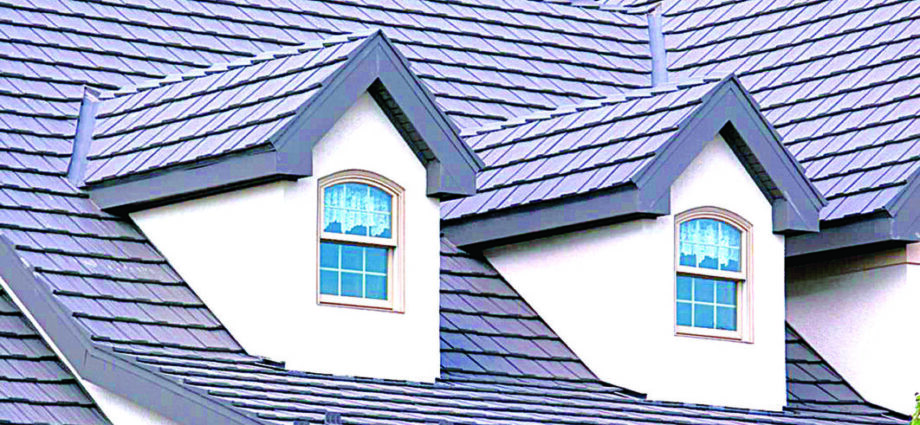The roof of a house is a significant feature, and it’s important to select both the right type of roof covering and the right color. Your architect can guide you through the process and, with today’s technology, you can view 3D images of your house, making the decision much easier.
However, the type of roof covering can affect the design of the roof trusses. For instance, if you’re planning to have raised tie-beam trusses, it’s better to have metal roof sheeting as the covering because it weighs much less than cement roof tiles. This allows you to raise the tie-beam higher and create more double volume inside your house. The roof pitch also plays a role, but the difference in weight between cement tiles and metal roof sheeting can have a significant impact on the timber roof structure design.
When planning for an attic truss, the roof covering also affects the design. The designer must consider the live load inside the truss, which can range from 500kg/m2 depending on usage, but for normal domestic use, a lighter covering can help with the design.
In windy areas, using a lightweight roof covering is not always the best option. A heavier covering is needed to counteract the wind-uplift factor. In many cases, using cement tiles as the roof covering in windy areas can help reduce the weight of the roof structure. The wind uplift can have a significant effect on the bottom chord of the trusses, and adding more bottom chord bracing can help prevent buckling of the tie-beams during uplift. The design software used by truss fabricators can accommodate for this, provided that the designer inputs the correct data.
In conclusion, the weight of the roof covering plays a critical role in the timber structure, and it’s not just about the appearance but also the structural impact it will have.
